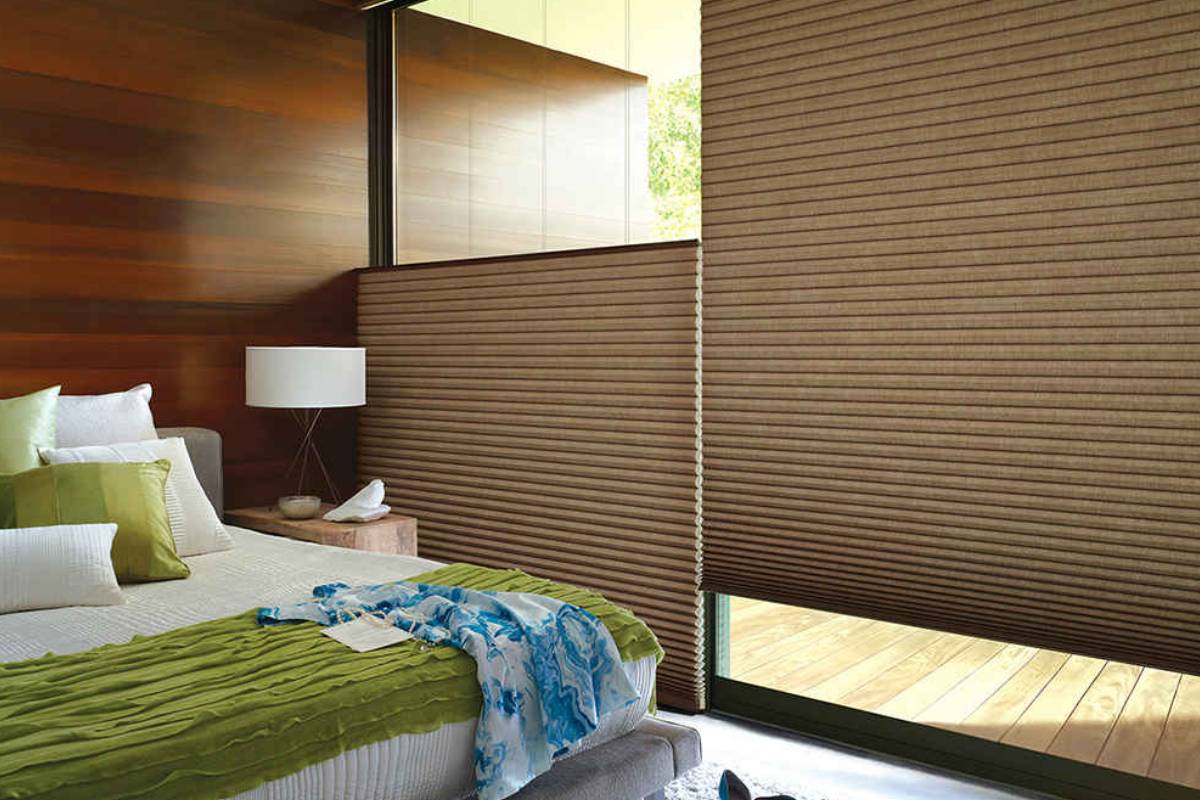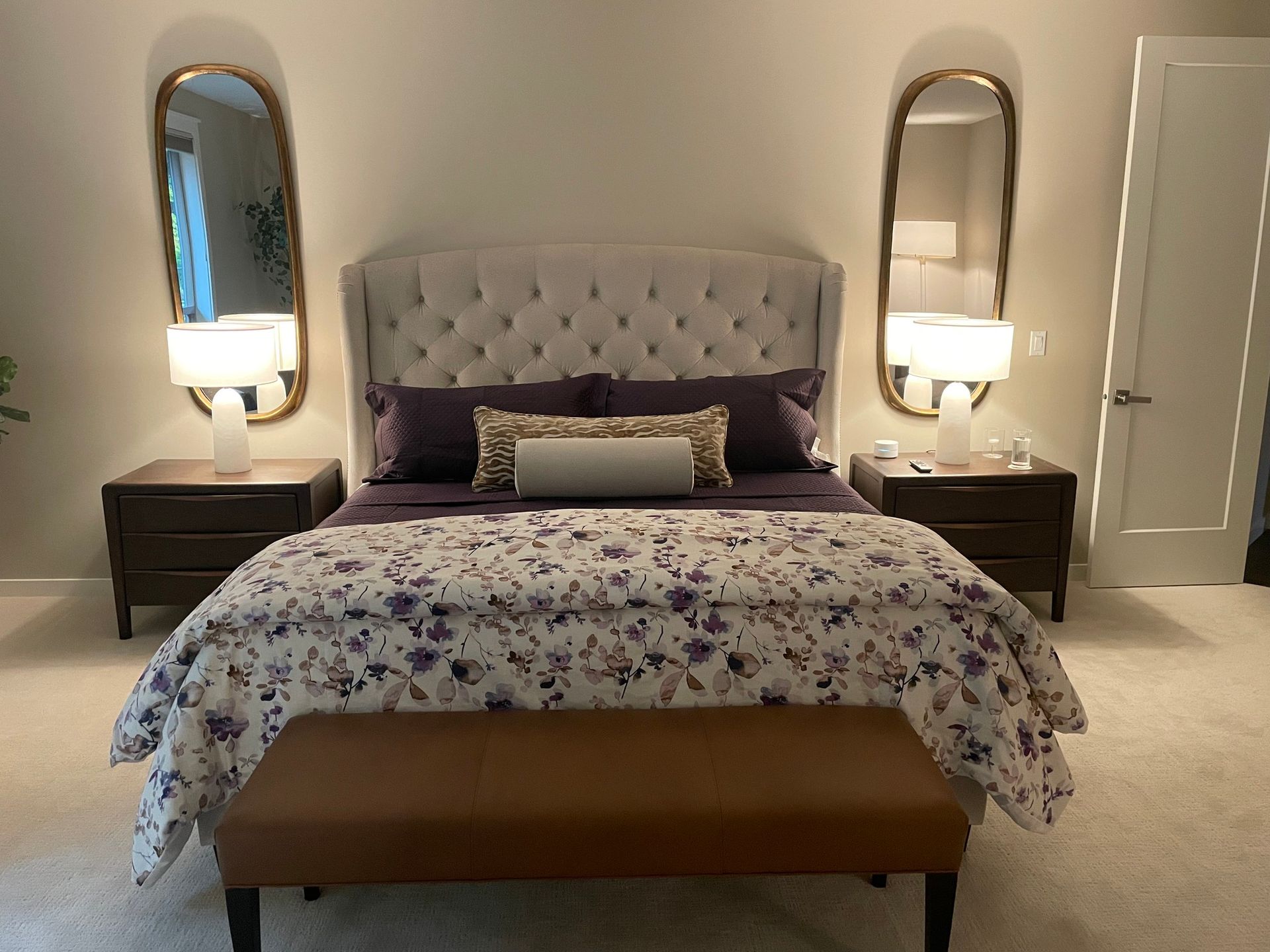Ultimate Guide for Eco-friendly & Sustainable Window Treatments
Ultimate Guide for Eco-friendly & Sustainable Window Treatments

In an era where environmental consciousness is not just appreciated but essential, the choices we make in our homes can have a significant impact. Window treatments present an excellent opportunity to make eco-friendly choices. Sustainable window treatments not only reduce environmental impact but also enhance the aesthetic and functional aspects of our living spaces. This article explores the world of sustainable window treatments, offering insights into how we can make our homes more eco-friendly.
What Are Sustainable Window Treatments?
Sustainable window treatments are designed with the environment in mind, focusing on minimizing ecological footprints. They are made from renewable resources, involve energy-efficient manufacturing processes, and are recyclable or biodegradable at the end of their lifecycle. These treatments not only contribute to the health of the planet but also to the well-being of its inhabitants, by using materials that are free from harmful chemicals.
Energy Efficient Blinds
Energy-efficient blinds are at the forefront of sustainable window treatments. These innovative coverings are designed to improve a home's thermal performance, significantly reducing the need for heating and cooling. By effectively blocking or allowing sunlight in, they help maintain a comfortable indoor temperature year-round. Materials like bamboo, a highly renewable resource, are often used, combining sustainability with functionality and style.
Eco-friendly Shades
Eco-friendly shades offer a fusion of aesthetic appeal and environmental responsibility. Made from natural or recycled materials, these shades are available in a variety of textures and colors to complement any decor. The use of organic fabrics, such as cotton, linen, and hemp, ensures that these window coverings are both sustainable and biodegradable. Additionally, eco-friendly shades are often designed to provide excellent insulation, further enhancing their energy-saving capabilities.
Non-toxic Roller Shades
Non-toxic roller shades are a testament to the advancements in sustainable living. Crafted from materials that are free of harmful chemicals, these shades ensure that indoor air quality remains pristine. The manufacturing process of non-toxic roller shades excludes the use of volatile organic compounds (VOCs), which are known to contribute to pollution and health issues. This commitment to health and sustainability makes non-toxic roller shades an ideal choice for eco-conscious homeowners.
Non-toxic Blinds
Similar to non-toxic roller shades, non-toxic blinds are made from materials that pose no harm to indoor air quality. These blinds are an excellent option for those looking to combine functionality with environmental and health considerations. By choosing blinds made from untreated natural woods, bamboo, or recycled materials, one can significantly reduce the ecological footprint of their window treatments.
Best Insulating Window Treatments
When it comes to enhancing the energy efficiency of a home, insulating window treatments play a pivotal role. These specialized treatments are designed to create a barrier against temperature transfer, helping to keep indoor spaces warm in the winter and cool in the summer. The best insulating window treatments not only contribute to a more comfortable living environment but also lead to significant energy savings by reducing the reliance on heating and cooling systems. Let's delve into some of the top options for insulating window treatments that combine environmental responsibility with practicality.
Cellular Shades
Cellular shades, also known as honeycomb shades, are renowned for their exceptional insulation capabilities. Their unique design features pockets or cells that trap air, creating a thermal barrier at windows. Available in single, double, and triple-cell configurations, the effectiveness of cellular shades increases with the number of cells. These shades come in a variety of opacities, from sheer to blackout, allowing for light control while maximizing energy efficiency. Made from soft, durable fabrics, cellular shades offer a sleek, modern look that complements any decor.
Thermal Draperies
Thermal draperies are another excellent choice for insulating window treatments. These draperies are made from thick, heavy fabrics that are either lined with a thermal layer or have a foam backing to enhance their insulating properties. Thermal draperies can significantly reduce heat loss in the winter and heat gain in the summer, making them a versatile option for all seasons. Available in a wide range of colors, patterns, and styles, thermal draperies add a touch of elegance to any room while providing substantial energy savings.
Plantation Shutters
Plantation shutters are not only aesthetically pleasing but also highly effective as insulating window treatments. Made from wood or composite materials, these shutters add an extra layer of insulation by fitting snugly into window frames, minimizing heat transfer. Their adjustable louvers offer precise control over light and ventilation, further enhancing their energy-saving potential. While plantation shutters may represent a higher initial investment, their durability, timeless appeal, and insulating properties make them a cost-effective choice in the long run.
Insulating Window Films
For a less intrusive yet effective insulating option, window films are an innovative solution. These thin, transparent layers can be applied directly to the glass, reflecting heat back into the room during winter and blocking solar heat during summer. Insulating window films not only improve thermal performance but also protect against UV rays, which can fade furniture and flooring. They are a cost-efficient way to upgrade existing windows without the need for complete replacement.
Incorporating insulating window treatments into your home is a smart and sustainable way to enhance comfort, reduce energy consumption, and lower utility bills. From the honeycomb design of cellular shades to the elegant solution of thermal draperies, the options are diverse, catering to various aesthetic preferences and insulation needs. By selecting the best insulating window treatments, homeowners can enjoy a greener, more energy-efficient living space that feels comfortable year-round.
What Are Natural Window Treatments?
Natural window treatments stand out for their use of materials that are as close to their original state as possible. These treatments include options made from bamboo, jute, organic cotton, and wool, embracing the beauty and texture of the natural world. Natural window treatments not only contribute to a healthier environment but also add a unique, organic charm to any space. They are a perfect embodiment of the principle that sustainability and beauty can go hand in hand.
In conclusion, eco-friendly and sustainable window treatments represent a meaningful step towards greener living. By choosing energy-efficient blinds, eco-friendly shades, and non-toxic materials, homeowners can significantly reduce their environmental impact while enhancing the comfort and style of their homes. As we continue to seek ways to live more sustainably, it's clear that even the smallest choices, like window treatments, can make a big difference.
Sustainable Window Treatment Care Tips
Taking proper care of your sustainable window treatments will extend their lifespan and reduce the need for replacements. Here are some tips:
- Dust regularly: Use a soft microfiber cloth or a vacuum cleaner with a brush attachment to remove dust buildup. This will help maintain their insulating properties and prevent fading.
- Spot clean spills promptly: Address spills and stains quickly with a gentle cleaning solution to prevent permanent damage. Refer to the manufacturer's instructions for specific cleaning recommendations.
- Rotate panels (if applicable): For shades or blinds with multiple panels, rotate them periodically to ensure even wear and tear.
- Avoid harsh chemicals: Avoid using harsh chemicals or abrasive cleaners, as they can damage the natural fibers or finishes.
Sustainable Window Treatment Considerations
Beyond material selection, consider these additional factors for a truly sustainable window treatment solution:
- Local manufacturing: Opt for window treatments manufactured locally to minimize transportation emissions.
- Light filtering needs: Choose window treatments with appropriate light filtering capabilities for each room. This can help regulate indoor temperature and reduce reliance on artificial lighting.
End-of-life options: Research the end-of-life options for your chosen window treatments. Look for recyclable or biodegradable materials whenever possible.




